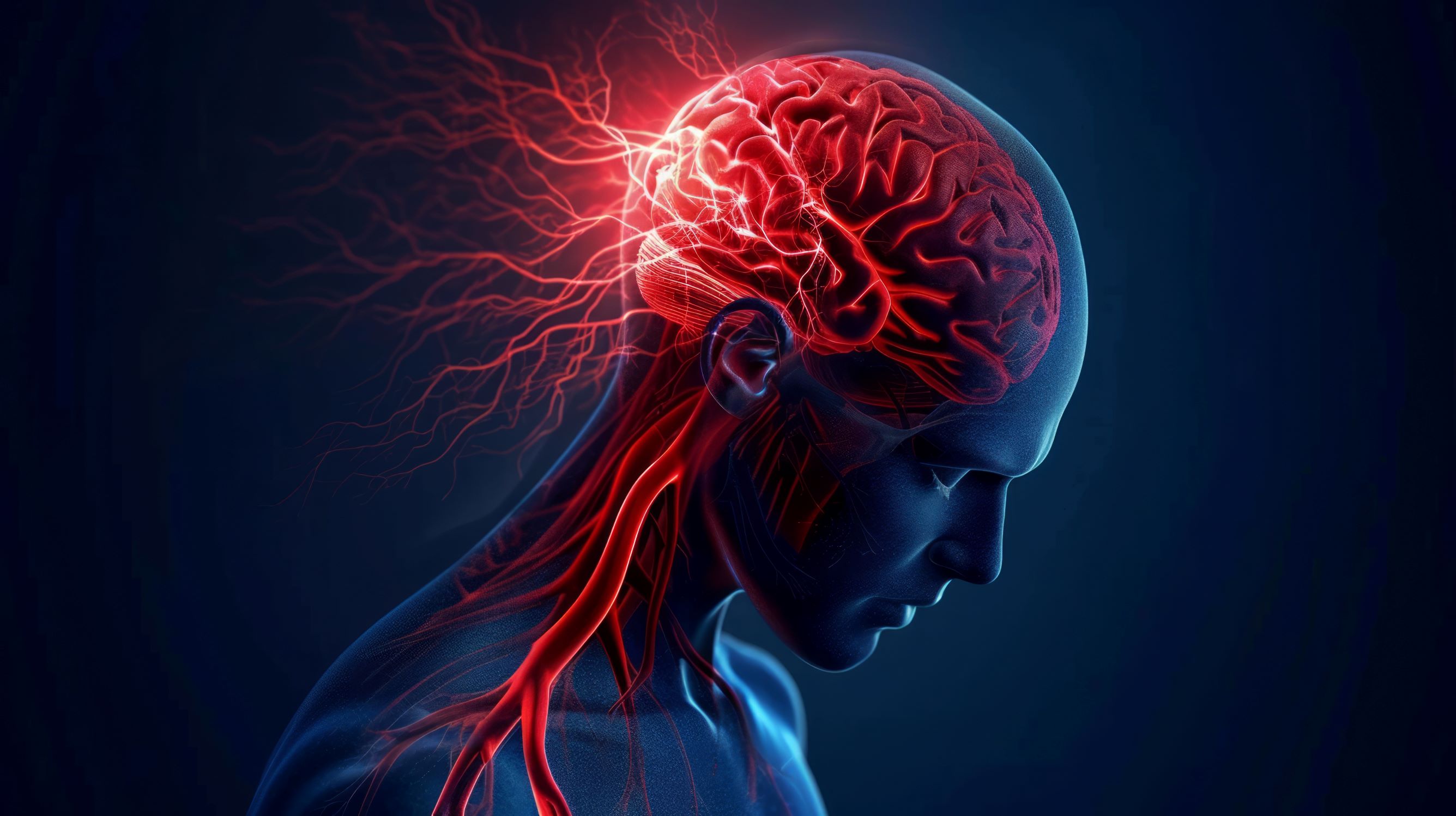Leading the way in stroke care

The conventional wisdom of rushing stroke patients to the nearest hospital is changing in Alabama.
Under a new system adopted by the state Department of Public Health, patients whose stroke symptoms are thought to be caused by a blood clot in the brain are being routed to the closest hospital that can surgically remove the blockage – even if that means bypassing other facilities.
Huntsville Hospital is the only state-designated stroke center in North Alabama with the capability of removing a brain clot through an emergency procedure known as thrombectomy.
R. Dana Tomalty, MD, a neuro-interventional radiologist at Huntsville Hospital, says the new Alabama Statewide Stroke System rules will save lives by ensuring the most at-risk patients go straight to a hospital that offers the type of stroke care they need.
For patients in the midst of an acute stroke, thrombectomy offers “the best chance of a meaningful recovery,” says Dr. Tomalty. “Bypassing hospitals that cannot perform this procedure quickly and safely is critical and, thankfully, is becoming the standard in most states.”
Paramedics responding to 911 calls anywhere in Alabama are supposed to use the Emergency Medical Stroke Assessment scale to evaluate patients and then contact the state’s Trauma Communications Center for hospital routing instructions.
If a patient is believed to be having an ischemic stroke caused by large vessel occlusion (a blood clot in one of the brain’s major arteries), medics are told to rush the patient to the nearest thrombectomy-capable stroke center; Huntsville Hospital is the only one north of Birmingham.
The hospital’s stroke care team includes neuro-interventional radiologists with extensive experience performing mechanical endovascular thrombectomy, including Dr. Tomalty.
Huntsville Hospital has long been recognized as a leader in stroke care by the American Heart Association, U.S. News & World Report, and others.
Its multidisciplinary stroke care team, available 24/7 and comprised of ER doctors and nurses, neurologists, neuro-interventional radiologists, neuro nurse practitioners, Neuro ICU staff and more, responded to about 1,700 stroke alerts last year.



